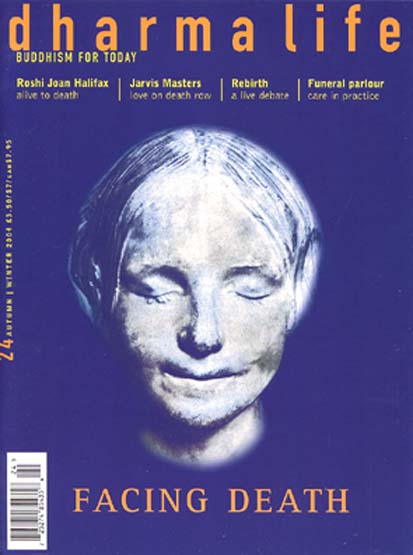Tibetan and Zen Buddhism in Britain
Transplantation, Development and Adaptation
Author: David N Kay
Routledge Curzon £65 / $114.95
Buddhism has come to the West in numerous forms. There is its impact on popular culture, the influential teachers and books, the wide range of ideas and practices, and the various western Buddhist organisations and networks. David Kay's lucid book concerns the last of these, which examines the New Kadampa Tradition (NKT) and the Order of Buddhist Contemplatives (OBC), which are respectively the largest organisations in the UK teaching Tibetan and Zen Buddhism.
This narrowly focused subject matter no doubt reflects the origins of Kay's book as a PhD thesis, but it also reflects British Buddhists' greater tendency to affiliate to a particular organisation than their North American counterparts. Kay doesn't step back far enough from his material to consider why organisational Buddhism dominates in the UK or how the organisations relate to the wider diffusion of Buddhism. And by 'Transplantation, Development and Adaptation', he merely means the strategies these organisations adopt to engage with western culture.
The NKT's approach seems extraordinarily successful. From a single centre - the Manjushri Institute in Cumbria - the NKT had come to dominate institutional Tibetan Buddhism in the UK, with over 180 centres and groups by the year 2000 - three-quarters of the total. But this expansion paralleled its progressive estrangement from the Tibetan Buddhist world and Kay is at his best in telling the story of the acrimonious split from the mainstream Gelug organisation (FPMT), and the bitter dispute in the 1990s with the Dalai Lama and his supporters over worship of the Dorje Shugden deity.
Although less problematic for outsiders the OBC's development has also been turbulent. Jiyu Kennett, its female founder, reformulated Zen for the West especially in her adoption of Christian imagery and liturgy. Most problematic was Kennett's 'third kensho', when she was overwhelmed by visions which she articulated in mystical and 'quasi-theistic' terms. Such visions have vivid precursors in Christian mysticism, but they are anathema to mainstream Zen, and they prompted a deep rift. Kennett's close disciples had their own visions that overlapped with their teacher's, while others regarded the whole episode as a bizarre 'collective dream'.
Tibetan and Zen Buddhism in Britain is the most informative account yet of the turbulence beneath the apparently placid waters of British Buddhism, and Kay is commendably sympathetic to his subjects, even as he describes their travails and excesses. So useful is it as an aid to reflection that we must hope a reasonably priced paperback is soon available.
Yet the book's narrow focus means the significance of the stories remains elusive. One is left wondering, for example, why the NKT has been so successful, and what are its prospects of outliving Kelsang Gyatso, its still-dominant 73-year-old founder. Both the NKT and OBC were formed in the image of charismatic founders (they are not alone in this), but how will they fare as Buddhism in Britain increasingly develops outside the framework of any organisations?
Vishvapani has a coordinating role in the FWBO in the UK



